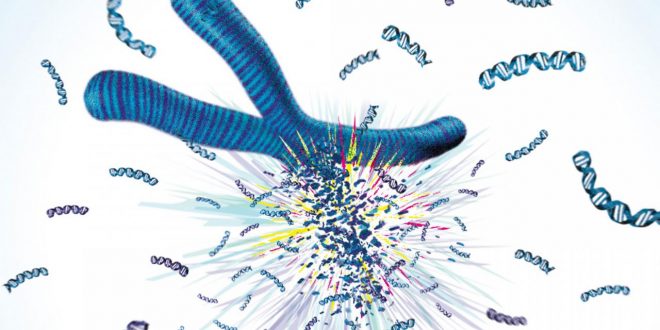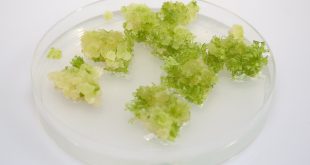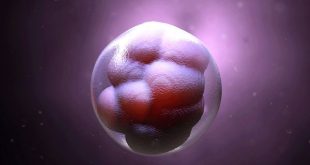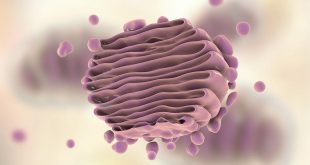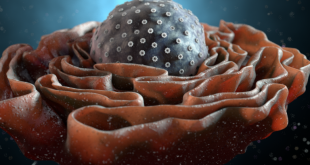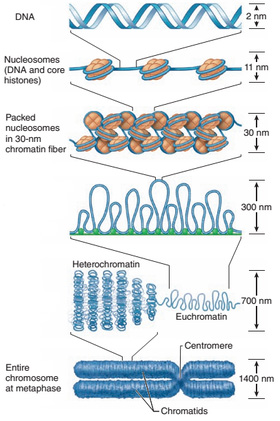
In the nucleosome model of chromosome, we have discussed about the fundamental organizational unit of chromosome termed as nucleosome. That article gave us a simplistic idea about how the repeated nucleosomes are arranged.
The figure in the right hand side clarifies that the nucleosome model provides us with the insight upto the 11 nm (100 A as in that article) organization. But it doesn’t tell us much about the further organization of the nucleosomes to form the chromosome strands. And in this situation, the solenoid model comes into play.
What is a solenoid?
The solenoid structure of a chromatin is a model that tells about the organization of nucleosomes in 30nm fibre (Fig 1). The nucleosome model is about how the DNA and histones are linked and grouped together and the solenoid model is about how the chromatosomes are arranged to form a chromatin portion (Fig 1).
What is a chromatosome?
A chromatosome consists of a histone octamer, wrapping or core DNA, Linker DNA and H1 histone protein.
Simply Chromatsome = Histone octamer + Core DNA + Linker DNA + H1 histone protein.
Discoverer
Klug et. al (1984).
Structure
In the solenoid structure, the nucleosomes fold up and are stacked, forming a helix. About six nuclesomes are present in a single solenoid ring which are connected together by linker DNA and 6 H1 histones. So typicaqlly we get 6 chromatosomes in a single solenoid.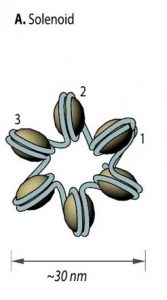
Further studies have confirmed that the diameter of a solenoid is about 300 A. And the solenoids together make many connected ring like structures of repeated solenoids of about 3000 A length.
Those ring of solenoids are grouped together to form helical structure called scaffold. This scaffold when about 6000 A long is called a chromatin.

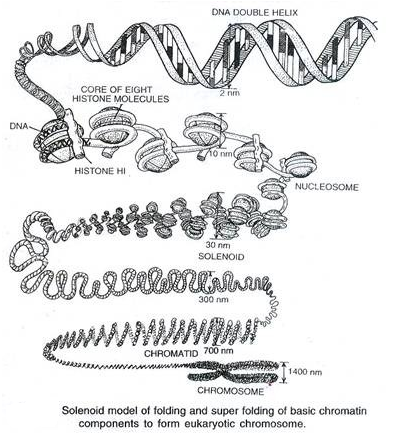
Best safe and secure cloud storage with password protection
Get Envato Elements, Prime Video, Hotstar and Netflix For Free
 Plantlet The Blogging Platform of Department of Botany, University of Dhaka
Plantlet The Blogging Platform of Department of Botany, University of Dhaka
